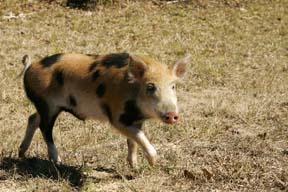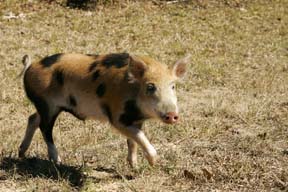What’s the best way to get rid of an invasive species that is clever, dangerous and tastes pretty good? In the case of wild hogs in Tennessee, one strategy was not to put any limits on hunting the animals. Hunters were allowed, even encouraged, to hunt wild hogs at any time of year and kill as many as they would like.
Earlier this year, however, the Tennessee Wildlife Resources Agency rethought that strategy. It seems that instead of eliminating hogs in the state, the range of the animals was growing as enthusiastic hunters transported and released hogs in new locations.
Now the hogs are considered a nuisance species, and while landowners can kill wild hogs causing property damage on their land, the hogs can’t legally be hunted by the average citizen. Read the press release from the Tennessee Wildlife Resources Agency announcing the change, here.
This week The Tennessean reports that not everyone likes the change. While the state’s largest hunting organization supports the new designation, the article reports, another group, the Tennessee Hunters Alliance, has been formed to protest the new change.
Read the article in The Tennessean, with the history of the move, here.
Photo: A feral swine piglet. By Steve Hillebrand, courtesy US Fish and Wildlife Service
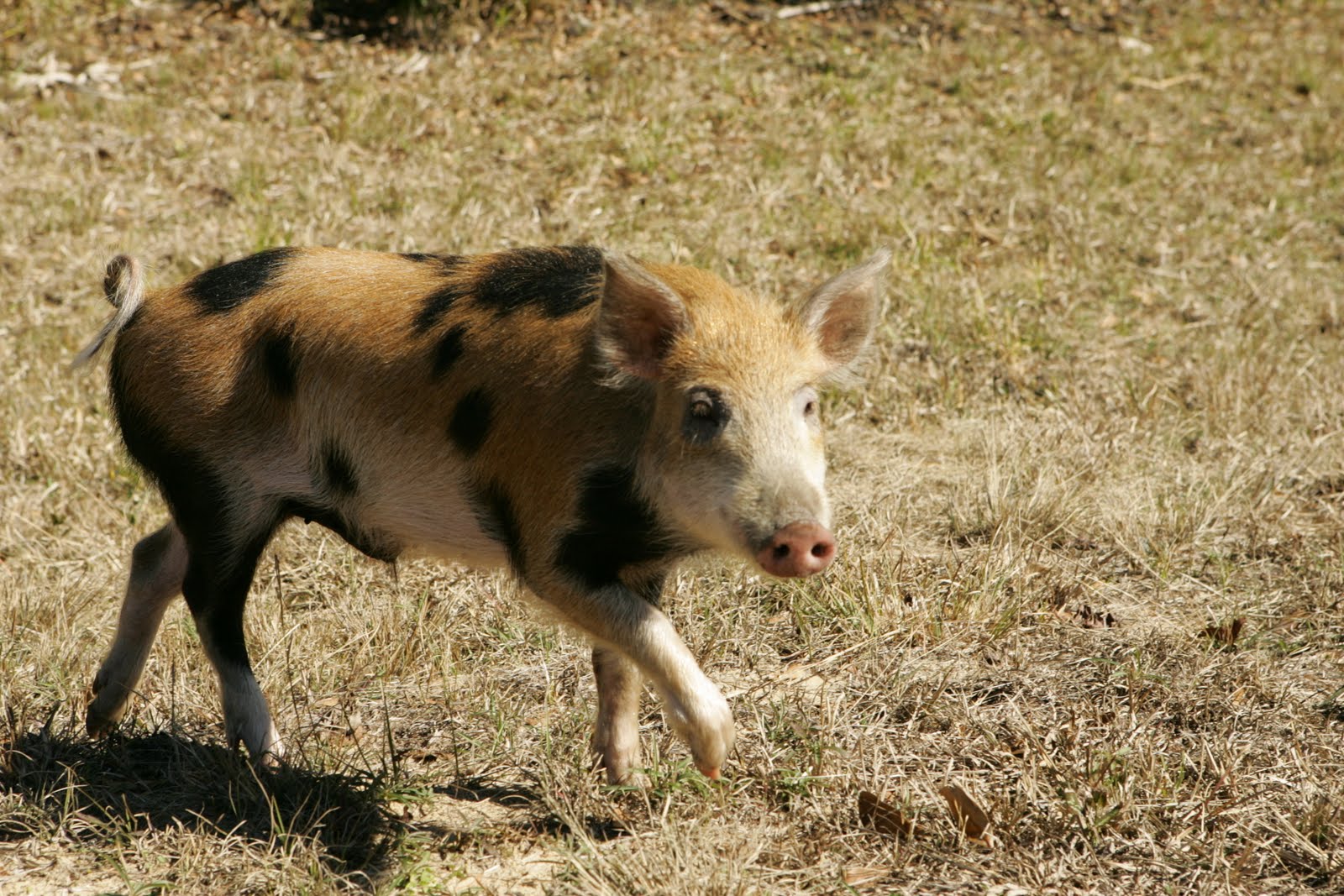 If you just can’t get enough feral hog news, eXtension, a network of university extension services has a resource for you: the Feral Hog Community of Practice Facebook page. This page not only has what has to be every single newspaper article published on feral hogs from across the country, also has expert tracking or trapping tips, and the occasional link to webinars and podcasts.
If you just can’t get enough feral hog news, eXtension, a network of university extension services has a resource for you: the Feral Hog Community of Practice Facebook page. This page not only has what has to be every single newspaper article published on feral hogs from across the country, also has expert tracking or trapping tips, and the occasional link to webinars and podcasts.
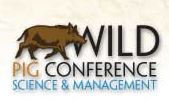 From the conference website:
From the conference website: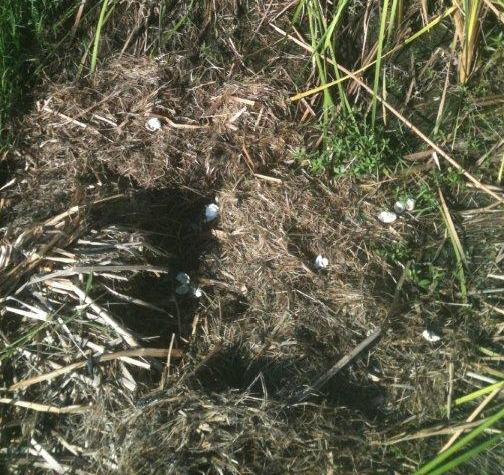 Back in the ’70s, ’80s ad ’90s studies showed that feral swine were not major predators of alligator nests, says a paper in the current issue of
Back in the ’70s, ’80s ad ’90s studies showed that feral swine were not major predators of alligator nests, says a paper in the current issue of 